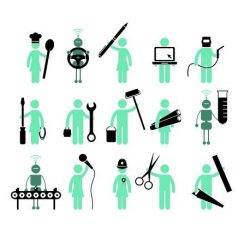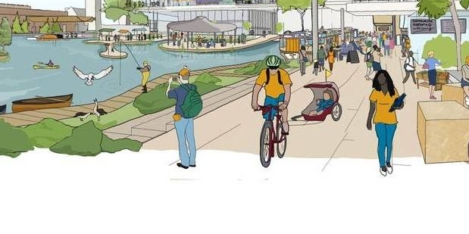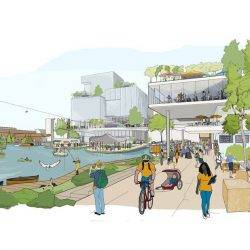November 10, 2017
Best practice in flexible working and gender diversity honoured at awards presentation
Workingmums.co.uk has announced the winners of its eighth annual Top Employer Awards, celebrating the leading companies in gender diversity and flexible working. The Awards were presented at a ceremony at London’s Soho Hotel on 7th November where the keynote speaker was Ann Francke, CEO of the Chartered Management Institute. Winner of the Overall Top Employer Award was Lloyds Banking Group. The judges felt it was ‘a beacon for other employers with regard to its agile hiring programme which was a root and branch attempt to normalise different ways of working from recruitment onwards. It was a strong performer across all the categories and had made a major step forward in embedding a flexible culture.’



























November 9, 2017
Review: ushering in a new era for the coworking phenomenon 0
by Paul Carder • Comment, Coworking, Technology, Work&Place, Workplace design
Ramon Suarez has produced a very practical book, based on his own experience as one of the pioneers of coworking. And let’s be clear – it is coworking (not “co-working”; there is no hyphen), as Suarez explains, “a coworker (a member of a coworking space) is not the same as a co-worker (somebody who happens to work for the same company or in your same office)”. On his business card, Suarez describes his role as “Serendipity Accelerator”- you will understand that if you read the book. Suarez differentiates coworking from its many (and mostly false) aliases. Shared offices may be collaborative, but do not provide the network of people found in a good coworking space. Networked offices, where more than one company shares space and may collaborate, “come close” to coworking. Hacker & Maker spaces, Accelerators, Incubators and Cafes are similarly differentiated.
(more…)